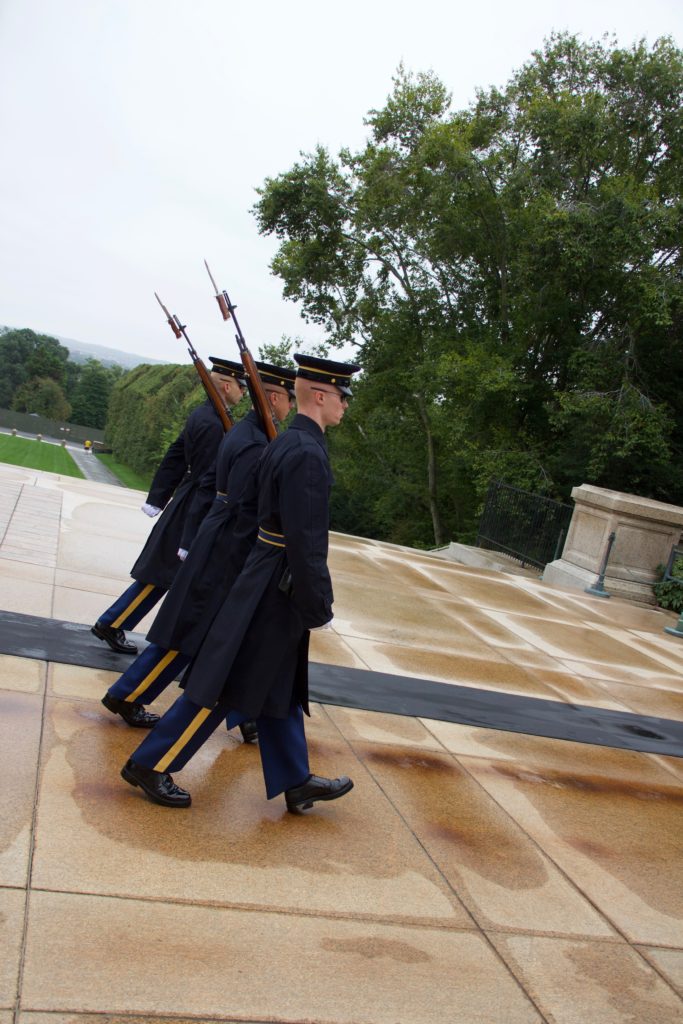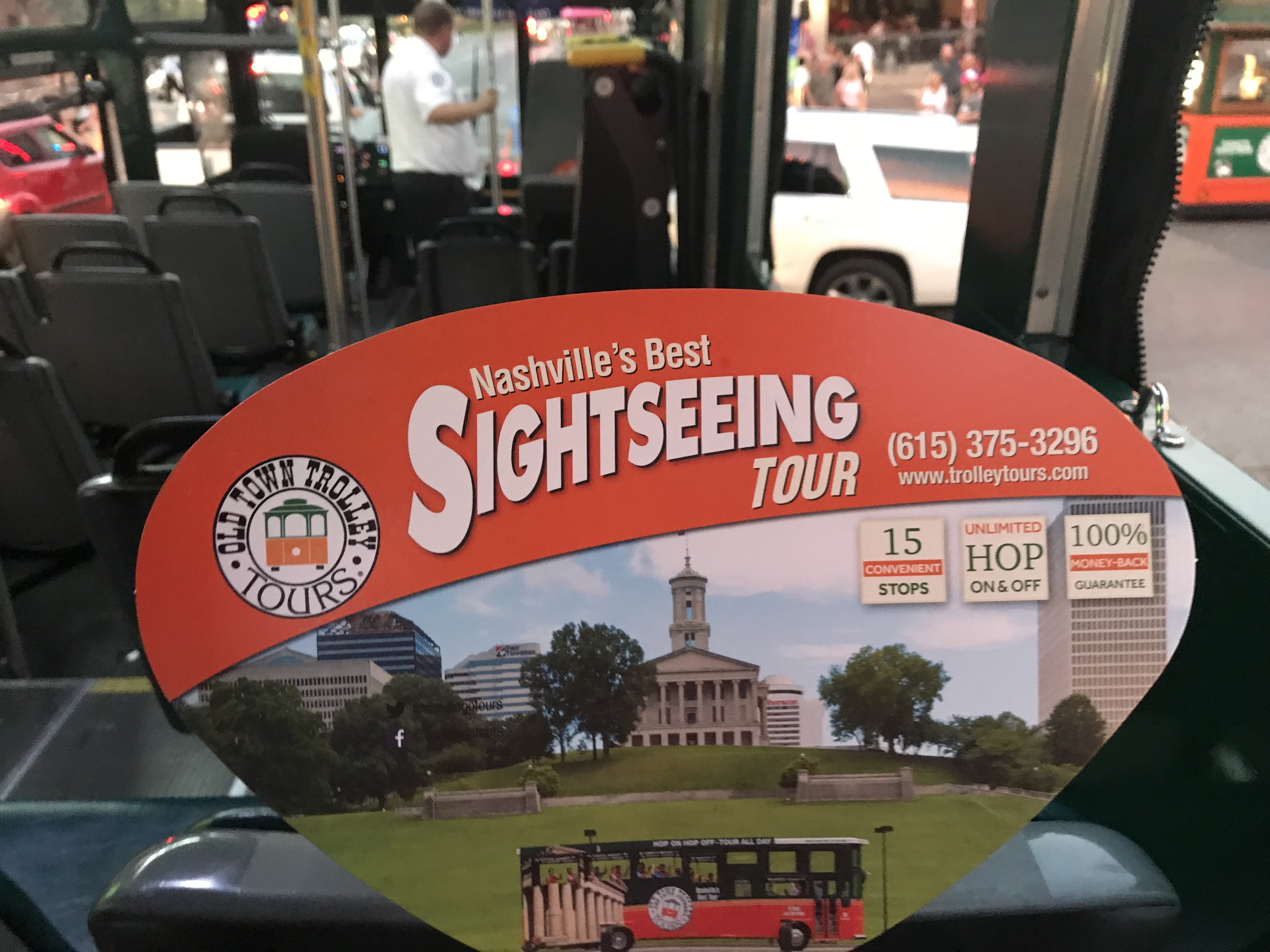Arlington National Cemetery is a United States military cemetery in Arlington County, Virginia, across the Potomac River from Washington, D.C., in whose 624 acres the dead of the nation’s conflicts have been buried, beginning with the Civil War, as well as reinterred dead from earlier wars.

The national cemetery was established during the Civil War on the grounds of Arlington House, which had been the estate of Confederate general Robert E Lee’s wife Mary Anna Custis Lee (a great-granddaughter of Martha Washington). The Cemetery, along with Arlington House, Memorial Drive, the Hemicycle, and the Arlington Memorial Bridge, form the Arlington National Cemetery Historic District, listed on the National Register of Historic Places in April 2014.


Field Marshal Sir John Dill, he was awarded an American Distinguished Service Medal in 1944 as well as receiving an unprecedented joint resolution of the United States Congress appreciating his services. The equestrian statue on Dill’s grave is one of only two at Arlington National Cemetery, the other is Major General Philip Kearny’s.


Near the Tomb of the Unknowns stands the USS Maine Mast Memorial, which commemorates the 266 men who lost their lives aboard the USS Maine. The memorial is built around a mast salvaged from the ship’s wreckage. The memorial served as the temporary resting place for two foreign heads of state or government who died in exile in the United States during World War II, Manuel L. Quezon of the Philippines and Ignacy Jan Paderewski of Poland.

The eternal flame with the Arlington House as the back drop, which is the Robert E. Lee Memorial, formerly named the Custis-Lee Mansion.

Among the most frequently visited sites in the cemetery is the grave of President John F. Kennedy and Jacqueline Kennedy Onassis, who is buried nearby along with their son Patrick and their stillborn daughter Arabella. Kennedy’s remains were interred there on March 14, 1967, a reinterment from his original Arlington burial site, some 20 feet away, where he was buried in November 1963. The grave is marked with an “eternal flame”. On December 1, 1971, Robert Kennedy’s body was re-interred 100 feet from its original June 1968 burial site.

The Tomb of the Unknowns is part of the Arlington Memorial Amphitheater. The Memorial Amphitheater has hosted state funerals and Memorial Day and Veterans Day ceremonies. Ceremonies are also held for Easter. About 5,000 people attend these holiday ceremonies each year. The amphitheater was the result of a campaign by Ivory Kimball to construct a place to honor America’s servicemen/women. Congress authorized the structure on March 4, 1913. Woodrow Wilson laid the cornerstone for the building on October 15, 1915. The cornerstone contained 15 items including a Bible and a copy of the Constitution.

The Tomb of the Unknown Soldier,

The Tomb of the Unknown Soldier stands on top of a hill overlooking Washington, D.C. One of the more well-attended sites at the cemetery, the tomb is made from Yule marble quarried in Colorado. It consists of seven pieces, with a total weight of 79 short tons (72 metric tons). The tomb was completed and opened to the public April 9, 1932, at a cost of $48,000.
Other unknown servicemen were later placed in crypts there, and it also became known as the Tomb of the Unknowns, though it has never been officially named. The soldiers entombed there are:
*Unknown Soldier of World War I, entombed November 11, 1921; President Warren G. Harding presided
*Unknown Soldier of World War II, interred May 30, 1958; President Dwight D. Eisenhower presided
*Unknown Soldier of the Korean War, also interred May 30, 1958; President Dwight Eisenhower presided again, Vice President Richard Nixon acted as next of kin
*Unknown Soldier of the Vietnam War, interred May 28, 1984; President Ronald Reagan presided. The remains of the Vietnam Unknown were disinterred, under the authority of President Bill Clinton, on May 14, 1998, and were identified as those of Air Force 1st Lt. Michael J. Blassie, whose family had them reinterred near their home in St. Louis, Missouri. It has been determined that the crypt at the Tomb of the Unknowns that contained the remains of the Vietnam Unknown will remain empty.
The Tomb of the Unknown Soldier has been perpetually guarded since July 2, 1937, by the U.S. Army. The 3rd U.S. Infantry Regiment (“The Old Guard”) began guarding the Tomb on April 6, 1948. There is a meticulous routine that the guard follows when watching over the graves. The Tomb Guard:
1.Marches 21 steps down the black mat behind the Tomb
2.Turns, faces east for 21 seconds
3.Turns and faces north for 21 seconds
4.Takes 21 steps down the mat
5.Repeats the routine until the soldier is relieved of duty at the changing of the guard.
After each turn, the Guard executes a sharp “shoulder-arms” movement to place the weapon on the shoulder closest to the visitors to signify that the Guard stands between the Tomb and any possible threat.
Twenty-one was chosen because it symbolizes the highest military honor that can be bestowed—the 21-gun salute. Each turn the guard makes precise movements and followed by a loud click of the heels as he snaps them together. The guard is changed every half-hour during daylight in the summer, and every hour during daylight in the winter and every two hours at night (when the cemetery is closed to the public), regardless of weather conditions.

This is such a touching service to watch. All in attendance will stop, become silent and reverent.

And if you want to take a nice walk, make you way to the Iwo Jima Memorial. Or you can take other means to arrive there.

Also known as the U.S. Marine Corps War Memorial, honors the Marines who have died defending the United States since 1775.
The Iwo Jima Memorial statue depicts the scene of the flag raising by five Marines and a Navy hospital corpsman that signaled the successful takeover of the island. The capture of Iwo Jima eventually led to the end of the war in 1945.
The figures of the Marines in the Iwo Jima Memorial statue erect a 60-foot bronze flagpole from which a cloth flag flies 24 hours a day.
We did not see as much as we had liked to. But we will return and visit more, hopefully the weather will be better for us next time. But this was not only a fun area to visit but an educational visit as well.











Leave a Reply